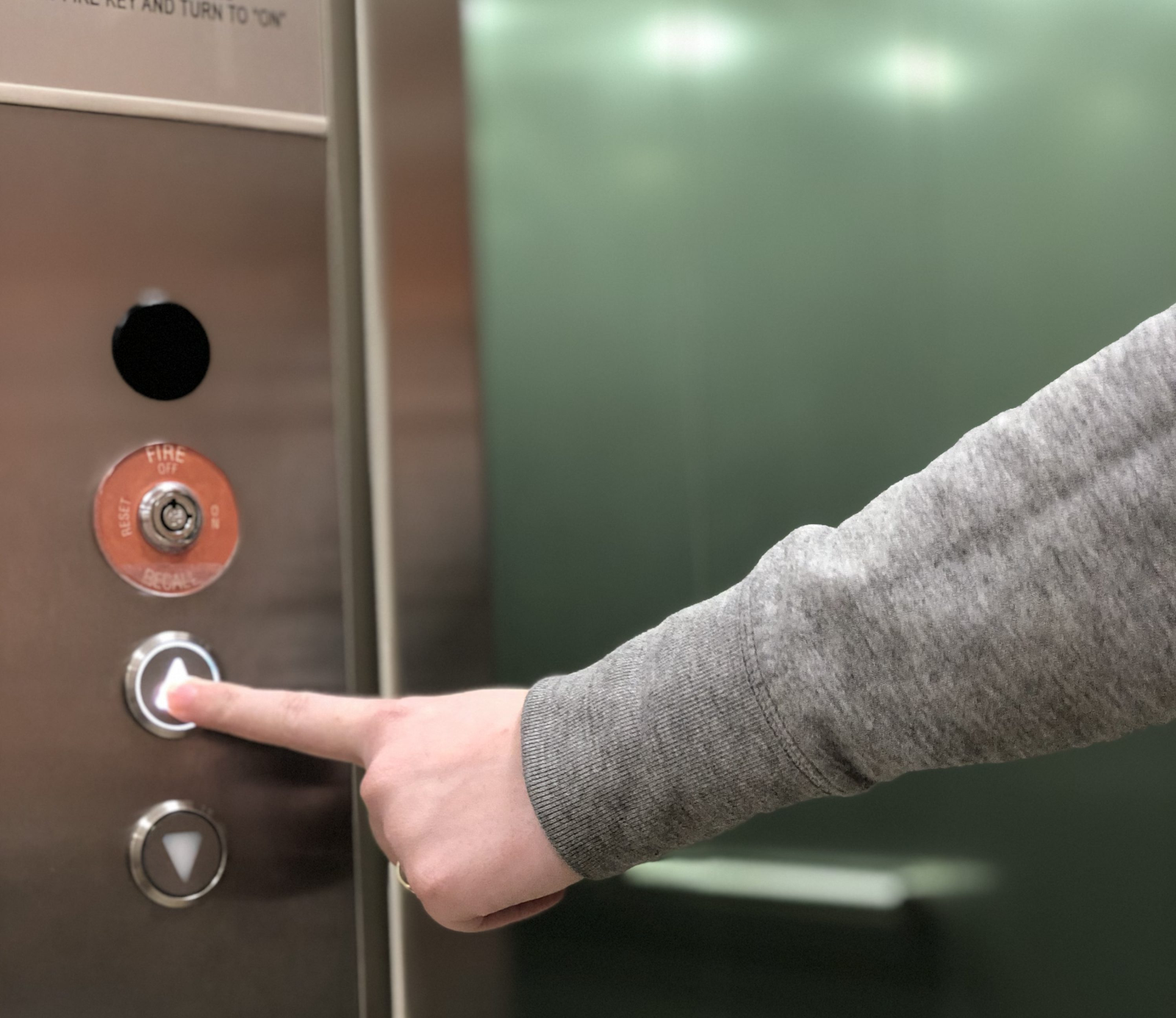Ever wondered what really happens when you press an elevator button? Whether you’re going up or down, that little glowing button might seem connected directly to the elevator. In reality, there’s a whole system behind it.
Let’s take a ride behind the scenes.
Inside the Button: What Happens When You Press It
When you press an elevator button, you activate a momentary switch. This sends a signal to a small circuit board inside the elevator or in the wall behind the button panel. That signal goes straight to the elevator control system, which does the real work.
The control system decides:
- What direction you're going
- Whether there's already someone headed that way
- When to insert your request into the elevator’s route
In modern elevators, you’re not “calling” the elevator directly. You’re simply making a request to a computer that schedules rides like a traffic controller.
Why Some Buttons Don’t Light Up
Sometimes you press the button, and it doesn’t light up. Or it does, but you wait, and wait.
Here’s why:
- The elevator already registered your request
- The system ignores duplicate requests
- There's a small delay in showing the light to avoid flickering
In rare cases, the bulb or LED behind the button might be burned out, but the signal still works.
The "Close Door" Button Myth
One of the most misunderstood buttons in any elevator is the “Close Door” button.
In many buildings, especially public ones in the U.S., these buttons are disabled due to accessibility laws. They’re there purely for comfort—to give you a sense of control.
In some private buildings or service elevators, the button works, but only for maintenance staff or with a key.
Why Elevator Buttons Fail
Over time, elevator buttons can become:
- Worn down from thousands of presses
- Sticky or unresponsive due to moisture or dirt
- Misaligned inside the panel from rough use
Elevator technicians often check and replace buttons during regular maintenance. But in older buildings, they may go unnoticed for months, especially if users don’t report the issue.
Smart Elevators Are Changing Everything
Today, many new buildings use destination control systems. Instead of pressing a floor inside the elevator, you choose your destination before entering.
The system assigns you to a specific elevator that groups you with others going in the same direction. This:
- Reduces wait time
- Optimizes energy
- Removes unnecessary stops
That means the traditional elevator buttons inside the cab are disappearing in some buildings.
Final Thought
Next time you press an elevator button, you’re not just calling a box. You’re interacting with a network of logic boards, relays, and sometimes, even artificial intelligence.
So if it doesn’t light up, don’t panic. It may already be working—smarter than you think.

Comments
Post a Comment